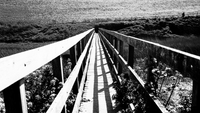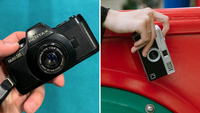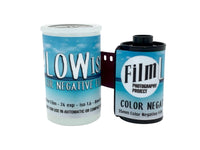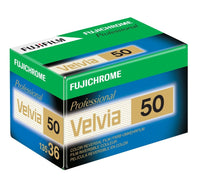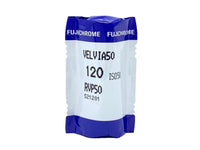Recent posts
Shop the article
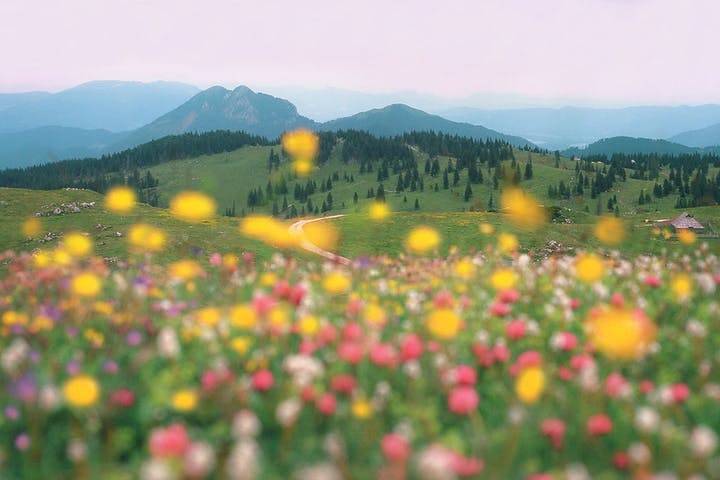
The Best Low ISO Film for Summer Photography?
By J B
This week’s gorgeous weather has inspired us to reflect on which is the best low ISO film for bright light and sunny days. True, shooting 35mm film in bright sunlight can sometimes be a challenge, but it does offer the advantage of allowing you to break out a low ISO film for extra fine-grained goodness. So regardless of your photography style or favourite format, have a read through and maybe you will be inspired to experiment with one of these silky smooth low ISO film stocks!
Photo (C) AW community member Joshua Smith, using Kodak Ektar 100
Low ISO Color Film - Negative
Obviously one of the biggest opportunities that sunny weather provides is the chance to try low ISO films that just wouldn’t be able to cope with winter shooting conditions. Colour negative fans might have already busted out some 100 ISO Kodak Ektar during the summer months to fine-grained effect. But if you want to push things even further, we can recommend dropping that ISO as low as you can go for truly smooth and grain-free results.
An example of "Low ISO" Color negative Film from FPP. Not only one of the best low ISO films on the market, but undoubtedly also the slowest. Image (C) courtesy FPP
If that sparks your interest, take a look at the appropriately named "Low ISO" Colour Negative 35mm Film from FPP that has an incredibly low ISO rating of just 1.6! With its admirably fine grain and incredibly low light sensitivity, this is undoubtedly one of the best low ISO films out there right now.
Low ISO Color Film - Slide
Slide shooters looking for a low ISO color film would do well to go for the inimitable Fuji Velvia, rated by Ken Rockwell as the best film in the world! In fact his exact quote is “Velvia is the reason I’m still a photographer”. Landscapes, flowers, neon signs, and still-lifes will all shine with an intensity and colour you won’t be able to achieve by any other means. It has the tendency to make skin tones look reddish, so avoid shooting portraits unless you want a deliberate sun-burned look! But in every other regard, Velvia will give you the most gorgeous summertime images. Like this next one for example!
Low ISO color film Velvia 50 in all its sumptuous glory. (C) AW community member Maya Beano.
But don't just take our word for it; Analogue Wonderland community member Mitchell enjoys the low ISO film action too, and rates Velvia 50 as "one of my absolute favourites." Commenting that "I've used a lot of this film in the past few years, and I love the colours it produces. It has beautiful definition, with very fine grain."
Velvia 50 is available in both 35mm and medium format and is undoubtedly the best low ISO film for those who love their transparencies!
Low ISO Black and White Film
Black and white shooters looking for some low ISO fun might want to try out Ilford Pan F Plus, a tasty 50 ISO film in either 35mm or medium format 120. Probably the best low ISO film for those who see the world in monochrome, PanF 50 offers a crisp level of detail and subtle contrast that will knock your flip-flops off. Meanwhile the ultralow ISO will allow you to keep the aperture wider than with other films, which you can use to isolate subjects in macro mode (summer flowers anyone?) or when shooting bokehlicious portraits - like this fella with his 8x10 field camera.
Summertime fun with Ilford Pan F; simply the best low ISO black and white film there is.
(C) AW community member Christopher Simpson
B&W shooter Nigel is a slow ISO film fan, saying that he uses Ilford Pan F "outdoors in summer, as we are fairly blessed with bright light," noting that the film produces "[g]reat tones and fine grain." And for those looking to achieve even longer exposure times, underexposing in camera and then compensating at the development stage comes fully recommended too: "I find it well worth exposing at 25 ISO and developing in Perceptol," adds Nigel. In our book this degree of versatility makes Pan F the best all-round low ISO black and white film currently available!
The Best Low ISO Film for Creative Experimentation
If you’re looking for something a little different, our favourite ISO 50 film is undoubtedly Cinestill 50D. Colour-balanced for daylight, this is the film stock that has been used in outdoor scenes from movies directed by Spielberg, Scorsese and the Coen Brothers. Vivid colours, grain that is the finest available in commercial color films, and especially impressive in medium format (although you can also buy 35mm).
They don't come much more summery than this fantastic low ISO film shot. (C) courtesy of AW community member Anthony, using the gorgeous Cinestill 50D.
Because Cinestill 50D has relatively low light sensitivity, it is particularly suited to shooting in bright sunshine. In fact, as community member Denise Laura Baker commented in her review of the film stock, "I had a specific idea for the shoot, waited for a blazingly bright day and I got some lovely vibrant colours." adding that "I loved the fine grain and beautiful effect. I'd definitely buy again for bright sunlit shoots."
How Low Can You Go
But maybe you think ISO 50 is still too easy! You are looking to push the envelope, stretch the boundaries, maybe even stretch the envelope. You are looking to buy Rollei RPX ISO 25! Famous for its deep shadows and rich tones, you will be producing high-contrast black and white images that are striking and sexy.
Infrared Low ISO Film
The other big opportunity that presents itself on a sunny summer day is Infrared film photography. Because infrared film is also sensitive to visible light, you must use a deep red filter to select only the infrared spectrum. This significantly cuts down the total light entering your camera so instead of the box speed of 400 you will be exposing the system at ISO 12 or 25!
Rollei infrared low ISO black and white film put to great use by (C) AW community member Stephane.
Without bright light the exposure times would quickly get silly - particularly if you are using a small aperture to capture a full landscape. Bright sunshine will fix that for you!
The exposure times will drop, the foliage of young leaves will look epic, and the results will instantly make you Film Royalty. On Instagram at least. Which is the best kind of royalty there is.
Our favourite is Rollei Infrared - available to buy in 35mm, 120 medium format and large format 4x5!
Summary
Whether you enjoy shooting color slides or negatives, black and white or infrared, now you know which is the best low ISO film in each of these categories. And if you're looking for a low ISO color film, you're spoiled for choice; with not just one fantastic low ISO option, but many exciting emulsions to try!
Ready to dive in?
Keep Reading
View all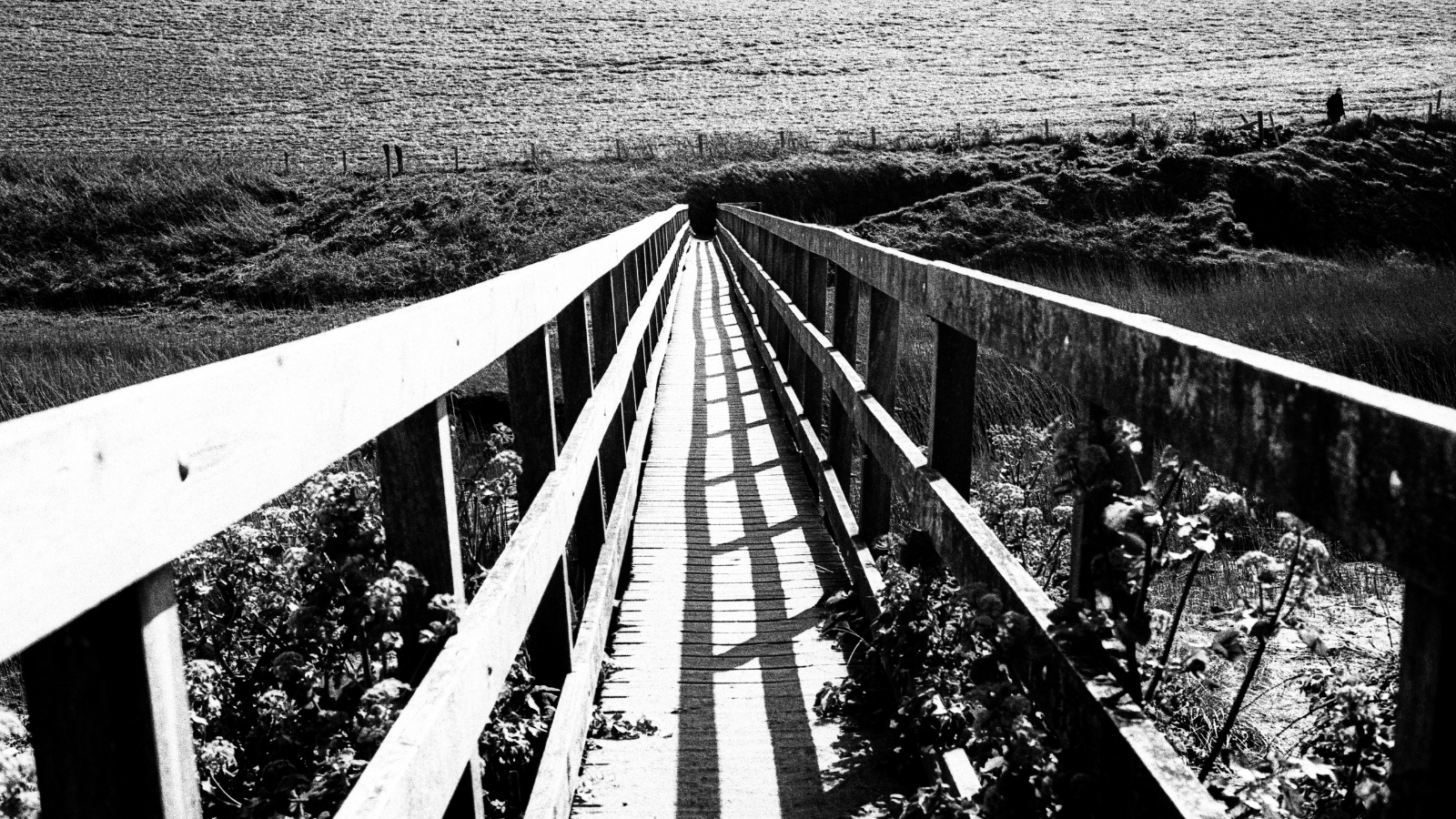
Experimenting with the Newest Addition: Ferrania P33 Film Review
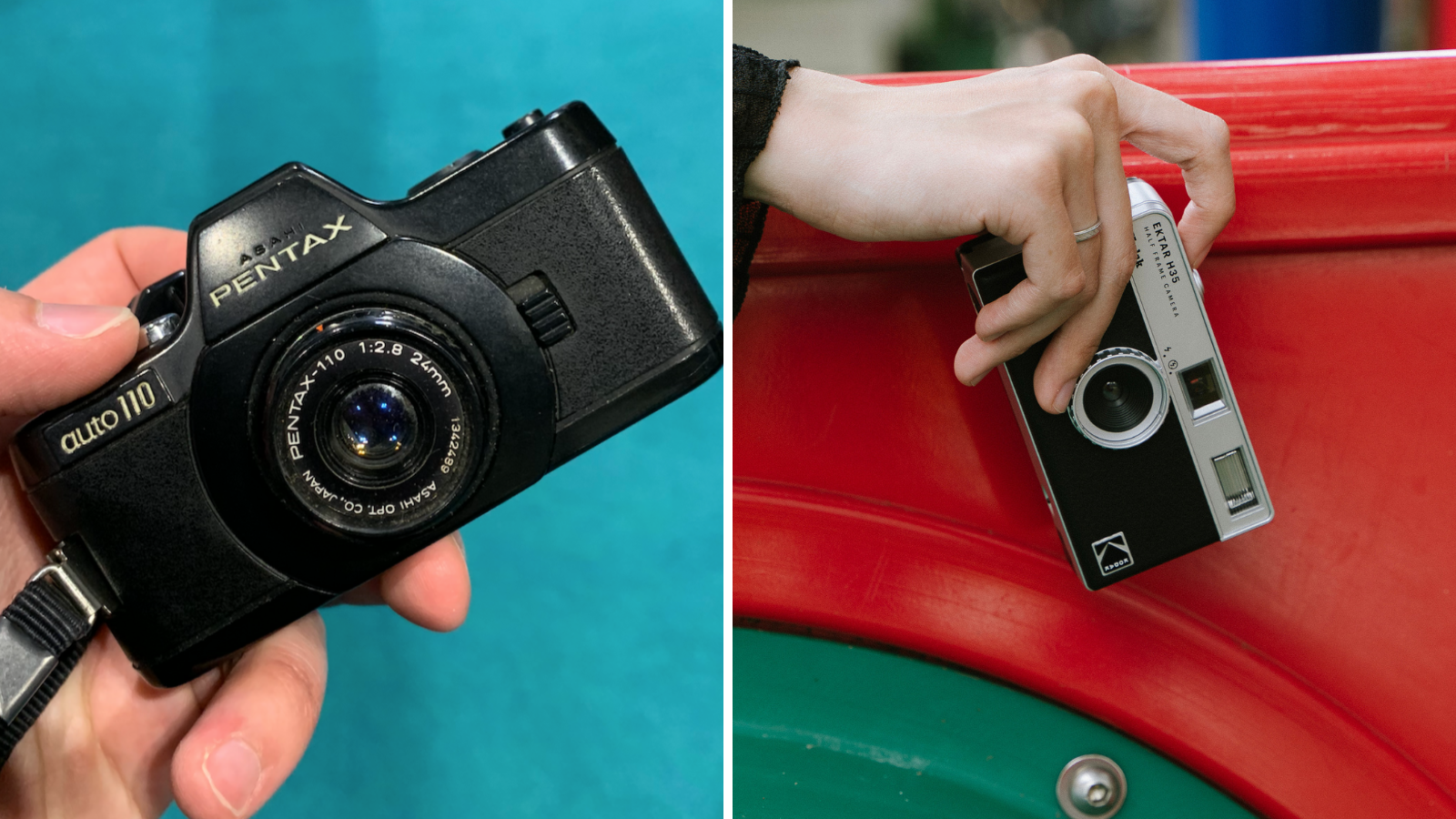
Half-Frame vs. 110 Film: Compact Convenience

Analogue Appeal: Why Do People (Still) Shoot Film?
Subscribe to our newsletter 💌
Sign up for our newsletter to stay up to date on film photography news, sales and events:
Free Tracked Shipping
On all UK orders over £50
Passion For Film
An unbeatable range and an on-site lab
Our Customers Trust Us
Thousands of independent 5* reviews
All Deliveries are Carbon Neutral
Independently audited and verified by Planet
- Opens in a new window.

